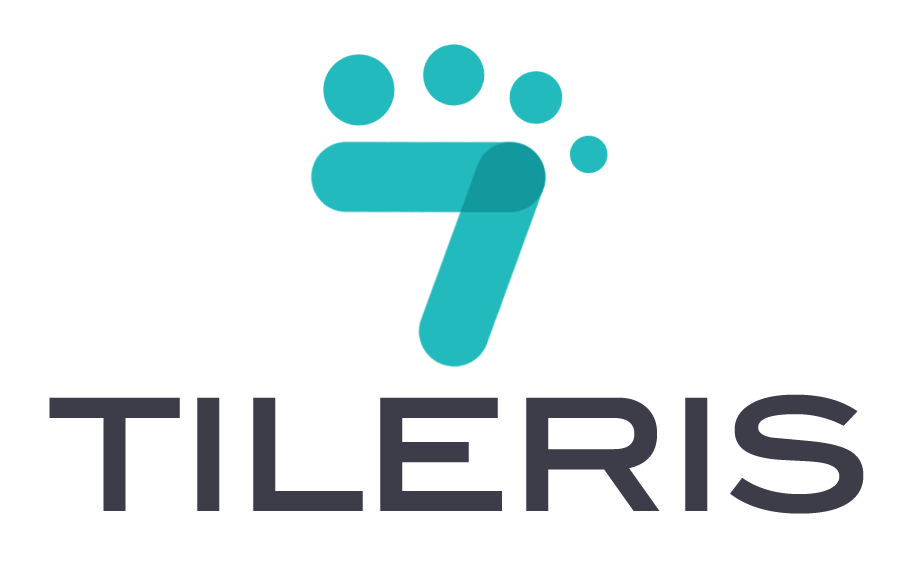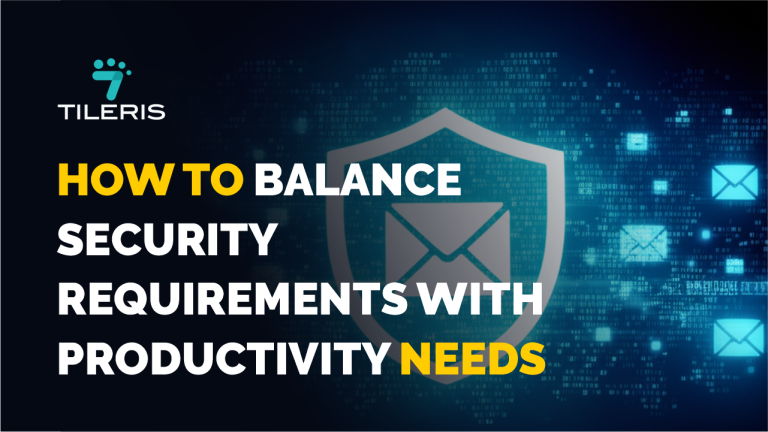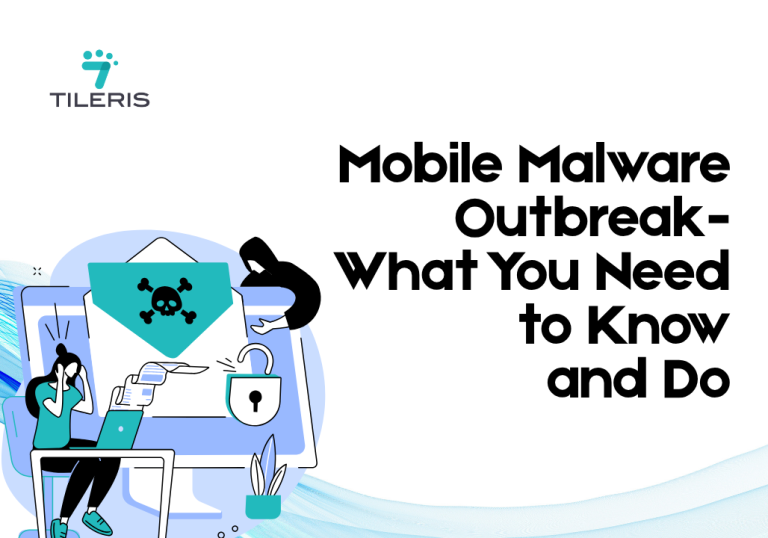Types Of Identity Theft (Financial, Medical, Synthetic, Child Identity Theft)
Introduction
In our hyper-connected world, your personal information is a valuable commodity. Every click, every online transaction, and every form you fill out creates a digital footprint. Unfortunately, this digital trail is increasingly becoming a target for criminals. Identity theft, a crime where someone steals your personal information to commit fraud or other crimes, is a growing global concern. What many people don’t realize, however, is that “identity theft” isn’t a single crime; it’s an umbrella term for various sophisticated schemes and understanding these different tactics is your first line of defense. This article aims to explore the various types of identity theft, empowering you with the knowledge to better protect yourself and your loved ones.
Types of Identity Theft.
Financial Identity Theft
This type of identity theft, perhaps the most common and immediately impactful form, financial identity theft, occurs when a criminal uses your personal information to gain access to your money or credit.
Common Methods:
- Credit Card Fraud: Using stolen credit card numbers to make unauthorized purchases. This could be from a compromised online store, a skimming device at an ATM, or even just a discarded receipt.
- Loan Scams: Opening new credit card accounts, taking out loans (like car loans or mortgages), or even lines of credit in your name without your knowledge.
- Bank Account Takeovers: Gaining access to your existing bank accounts, often by stealing login credentials, and draining funds or making fraudulent transfers.
- Utility Account Fraud: Opening utility accounts (gas, electricity, phone, internet) in your name, leaving you with the unpaid bills.
Impact on Victims: The consequences are immediate and severe. Victims often face significant financial losses, ruined credit scores (making it hard to get loans, rent homes, or even get jobs), debt collection calls, and the time-consuming process of clearing their name. Many only discover the theft when they’re denied credit or receive suspicious bills.
Examples or Statistics: According to recent reports, financial identity theft continues to be a leading category, with billions of dollars lost globally each year. For instance, an individual might find a new phone contract opened in their name, or a sudden dip in their credit score due to an unknown loan.
Medical Identity Theft: A Threat to Your Health and Finances
Medical identity theft occurs when someone uses your personal information (like your name, insurance policy number, or Social Security number) to obtain medical services, prescription drugs, or to make false medical claims.
Consequences: The impact can be far-reaching and dangerous.
- Incorrect Medical Records: The thief’s medical information might get mixed with yours, leading to misdiagnosis, wrong treatments, or allergic reactions for you in the future. Imagine needing emergency surgery and your file says you’re allergic to a life-saving medication because of a thief’s record.
- Insurance Fraud: The thief incurs medical bills, which are then charged to your insurance, potentially maxing out your benefits or leaving you with huge co-pays.
- Denial of Care: You might be denied legitimate medical services because your records show you’ve already received treatment or exhausted benefits due to the thief’s actions.
How it Occurs:
- Stolen Medical Records: Data breaches at healthcare providers, insurance companies, or billing services.
- Fake Medical Claims: A fraudster might use your details to bill your insurance for services never rendered.
- Insider Access: Corrupt employees within healthcare systems are selling patient data.
Importance of Protecting Medical Information: Unlike financial data, medical records are complex to correct and can have life-threatening implications. Always treat your medical and insurance IDs with the same caution as your financial ones.
Synthetic Identity Theft: The Phantom Identity
Synthetic identity theft is a difficult-to-detect form of fraud where criminals create a new, fabricated identity by combining real and fake information.
How it’s Committed:
- A fraudster might combine a real Social Security number (often from a child or someone who isn’t actively using their credit, as discussed later) with a fake name, date of birth, and address.
- They then use this “synthetic” identity to open new accounts, often starting with low-value loans, building a credit history over time, and then maxing out credit lines before disappearing.
Challenges in Detecting Synthetic Identity Theft:
- Because it’s a “new” identity, there’s no direct victim whose existing accounts are immediately impacted. The initial applications might only use bits of real data, making it hard for traditional fraud detection systems to flag.
- The “victim” is often the financial institution or creditor, not necessarily a single individual whose identity was fully stolen.
Potential Consequences for Victims (of the real info used): If your Social Security number was used as the “seed” for a synthetic identity, you might find fraudulent accounts suddenly appearing on your credit report years later, causing severe credit issues that are extremely difficult to unravel because the “person” who opened them doesn’t fully exist.
Child Identity Theft: Stealing Futures
Child identity theft occurs when a minor’s identity is stolen and used for fraudulent purposes. This is particularly devastating because it can go undetected for years, often until the child applies for their first job, loan, or college admission.
Vulnerability: Children are highly vulnerable because their Social Security numbers (SSNs) are often “clean” as they have no existing credit history. This makes them ideal for fraudsters looking to create new, untraceable identities (sometimes for synthetic identity theft). Parents also typically aren’t monitoring their child’s credit report.
How it Occurs:
- Stolen Social Security Numbers: Often obtained from medical records, school forms, or from a parent’s compromised data.
- Fake Identities: Criminals may use a child’s SSN to create an entirely new identity with a fake name and birth date.
- Family Members: Sadly, sometimes the perpetrator is a relative who uses the child’s SSN to obtain credit or benefits.
Importance of Monitoring Children’s Credit Reports: Because this crime can go unnoticed for so long, it’s crucial for parents to periodically check if a credit file exists for their child (which it shouldn’t, unless they have specific accounts). This proactive step can prevent decades of financial headaches for a young adult.
Prevention and Protection: Your Shield Against Theft
Protecting yourself and your family from identity theft requires continuous vigilance and proactive steps.
Tips for Individuals:
- Strong, Unique Passwords: Use complex, different passwords for every online account. Use a password manager.
- Enable Two-Factor Authentication (2FA): Always enable 2FA on email, banking, and social media accounts.
- Monitor Financial Accounts: Regularly check bank statements, credit card bills, and your credit report (you can get free reports annually from major bureaus). Look for suspicious activity.
- Shred Documents: Shred sensitive documents (utility bills, bank statements, pre-approved credit offers) before discarding them.
- Be Wary of Phishing: Don’t click suspicious links in emails or texts. Verify the sender’s legitimacy.
- Secure Your Devices: Use strong antivirus software, firewalls, and keep your operating systems and apps updated.
- Freeze Your Credit: Consider freezing your credit with the major credit bureaus to prevent new accounts from being opened in your name.
Role of Organization
- Robust Data Security: Companies holding your data (banks, healthcare providers, retailers) must implement strong cybersecurity measures to prevent breaches.
- Clear Privacy Policies: Organizations should be transparent about how they collect, use, and protect your information.
- Fraud Detection: Financial institutions continually enhance their fraud detection systems to identify suspicious activities.
Role of Governments
- Legislation and Enforcement: Governments enact laws (like GDPR, HIPAA) to mandate data protection and empower law enforcement to prosecute identity thieves.
- Consumer Protection: Agencies provide resources for victims and promote public awareness cam
- International Cooperation: Since identity theft is a global crime, international cooperation is vital for tracking down and prosecuting perpetrators.
Conclusion
As we’ve explored, identity theft is not a singular threat but a multi-faceted crime with various manifestations, each capable of inflicting unique and severe harm. From the immediate financial devastation of credit card fraud to the long-term health risks of medical identity theft, the insidious nature of synthetic identities, and the heartbreaking impact of child identity theft, the landscape of this crime is constantly evolving.
In a world where our data is perpetually online, active awareness of these different types of theft and unwavering vigilance in protecting our information are our most powerful defenses. By adopting robust security practices, staying informed, and monitoring our digital footprints, we can significantly reduce our vulnerability and safeguard our futures against the ever-present threat of identity theft.
Understanding the Nuances: Types of Identity Theft
Simply grasping the broad concept of identity theft is merely the first step in safeguarding your digital self. True, robust protection comes from consistently educating yourself about the diverse types of identity theft, transforming a vague awareness into a reliable, ongoing system of defense. To help you understand and combat these varied threats, resources like practical security checklists are invaluable for identifying and protecting against different fraudulent tactics across all your digital interactions. Should you remain uncertain about specific threats or optimal defense methods, privacy experts are available for guidance, and advanced AI-powered assistants are emerging to automate threat recognition, turning your vulnerability into a secure fortress against evolving identity fraud.






